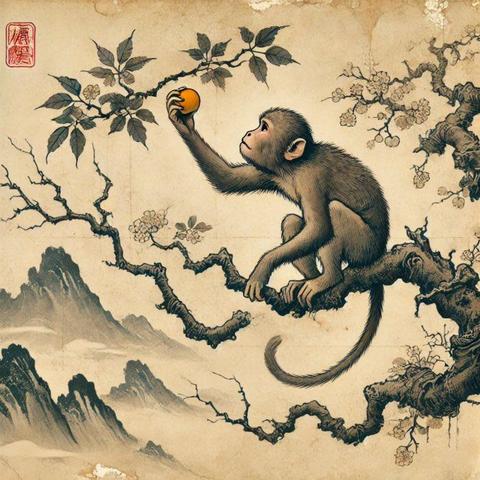#Clinging – or #upādāna – is a central concept in #Buddhism, representing the intensified attachment that arises from #craving (#tanhā). Understanding upādāna is crucial for grasping the nature of suffering (#dukkha) and the path to liberation (#nibbāna). In this post, we explore its meaning, implications, and role in Buddhist practice:
🌍 https://www.fabriziomusacchio.com/weekend_stories/told/2025/2025-05-29-upadana/

